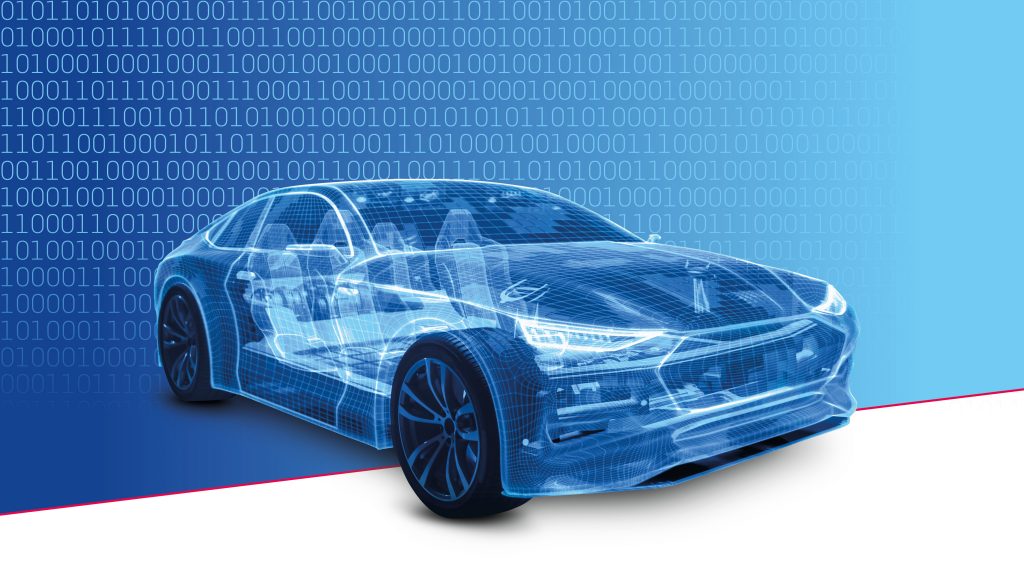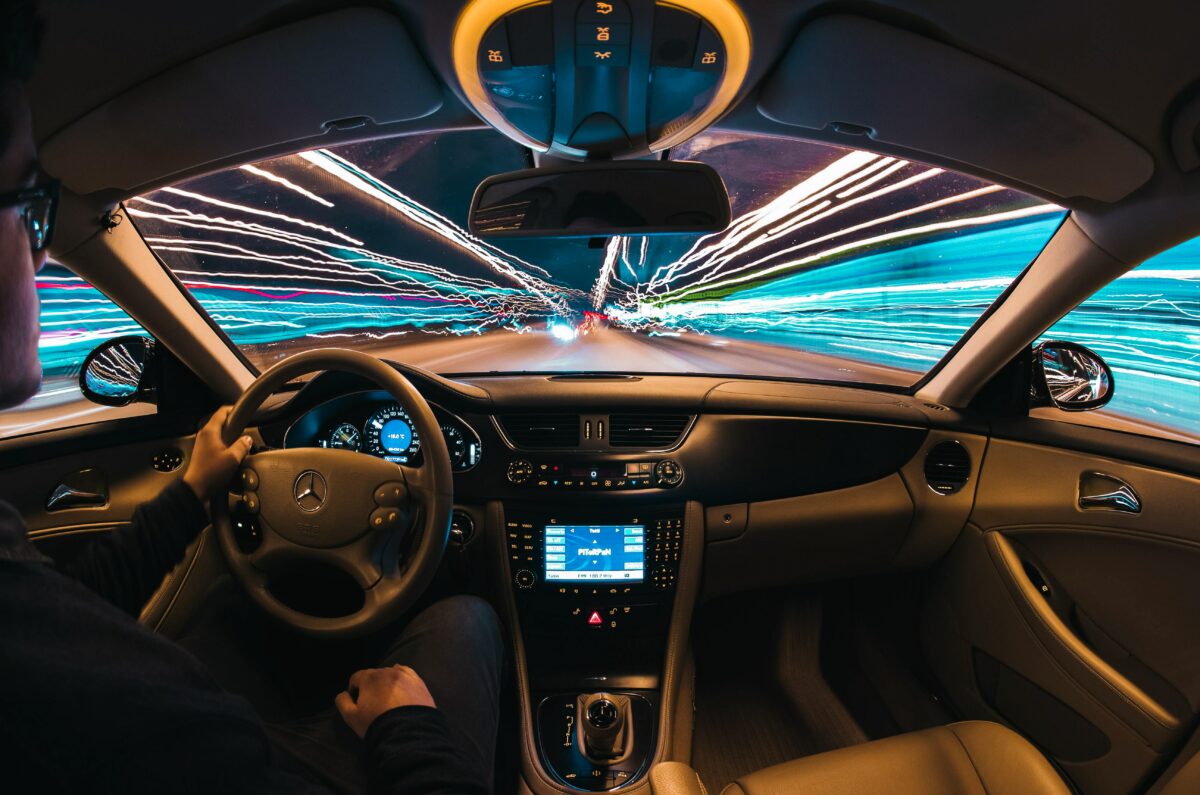The requirements for automotive software are shifting dramatically as the industry evolves towards the software-defined vehicle (SDV) paradigm. Traditional approaches of software applications being developed in isolation by component suppliers are outdated. Ford’s Chief Executive Jim Farley summed it up: “The problem is that the software is all written by 150 different companies, and they don’t talk to each other.”
This creates a headache for vehicle manufacturers, which have neither the capacity nor the expertise to create and maintain full-stack software solutions for an SDV. The automotive industry is therefore set to go through the same transition that the ICT industry underwent decades ago: a shift towards open-source software (OSS), in which source code is developed collaboratively and made freely available for use or further development, under the terms of an open source licence. OSS principles will enable development costs to be amortised across manufacturers, and lend themselves perfectly to the requirements of interoperability and connectivity—core tenets of the SDV model.

The shift towards OSS presents challenges: the safety-critical and highly-regulated nature of the automotive environment will necessitate heavy investment in security and testing for software vulnerabilities, which tend to be more prevalent in OSS than in proprietary software. Manufacturers will also have to grapple with the question of how OSS fits in with the fact that software functionality is increasingly becoming a key differentiator between vehicles.
In spite of these challenges, fortune will favour the brave, and early wins are possible for manufacturers that take an early gamble. In OSS, those that contribute generously and at an early stage often benefit richly by virtue of their ability to steer OSS projects in their chosen direction. Moreover, software developers are in a perpetual love affair with OSS, and companies that embrace it will be more attractive destinations for top talent. Some manufacturers have already caught on, with General Motors having partnered with the Eclipse Foundation to create an open source protocol for vehicle communications, and Porsche recently committing to OSS principles “in all teams, all subsidiaries and across all national borders.” Other manufacturers are contributors to the Automotive Grade Linux (AGL) project, which though initially focused on in-vehicle-infotainment (the one area where OSS is already prevalent in vehicles), aims to become the first full-stack OSS solution for the automotive industry.
OSS principles will enable development costs to be amortised across manufacturers, and lend themselves perfectly to the requirements of interoperability and connectivity
To say that manufacturers will soon be faced a choice between OSS and proprietary code is misleading. The proliferation of OSS in the automotive industry is an economic inevitability and will eventually have to be embraced by all manufacturers. The strategic choice will be at which point in the software stack to draw a line between OSS and proprietary code. Give away too much, and risk losing control of a potentially valuable differentiator. Too little, and face unnecessarily high development and maintenance costs through continual duplication of effort – a modern day reinventing of the wheel. The winners will be those who strike the right balance between open collaboration and targeted protection of intellectual property.
The opinions expressed here are those of the author and do not necessarily reflect the positions of Automotive World Ltd.
Ben Maling is Senior Associate at intellectual property law firm EIP
The Automotive World Comment column is open to automotive industry decision makers and influencers. If you would like to contribute a Comment article, please contact editorial@automotiveworld.com



